In mid-autumn, under the full moon, the Japanese come together to celebrate Tsukimi (Japanese Harvest Moon Festival). They enjoy fall treats like dango and chestnuts, as well as mochi in the shape of rabbits. Learn more about this traditional custom of Japanese moon-viewing and experience it in your own backyard.
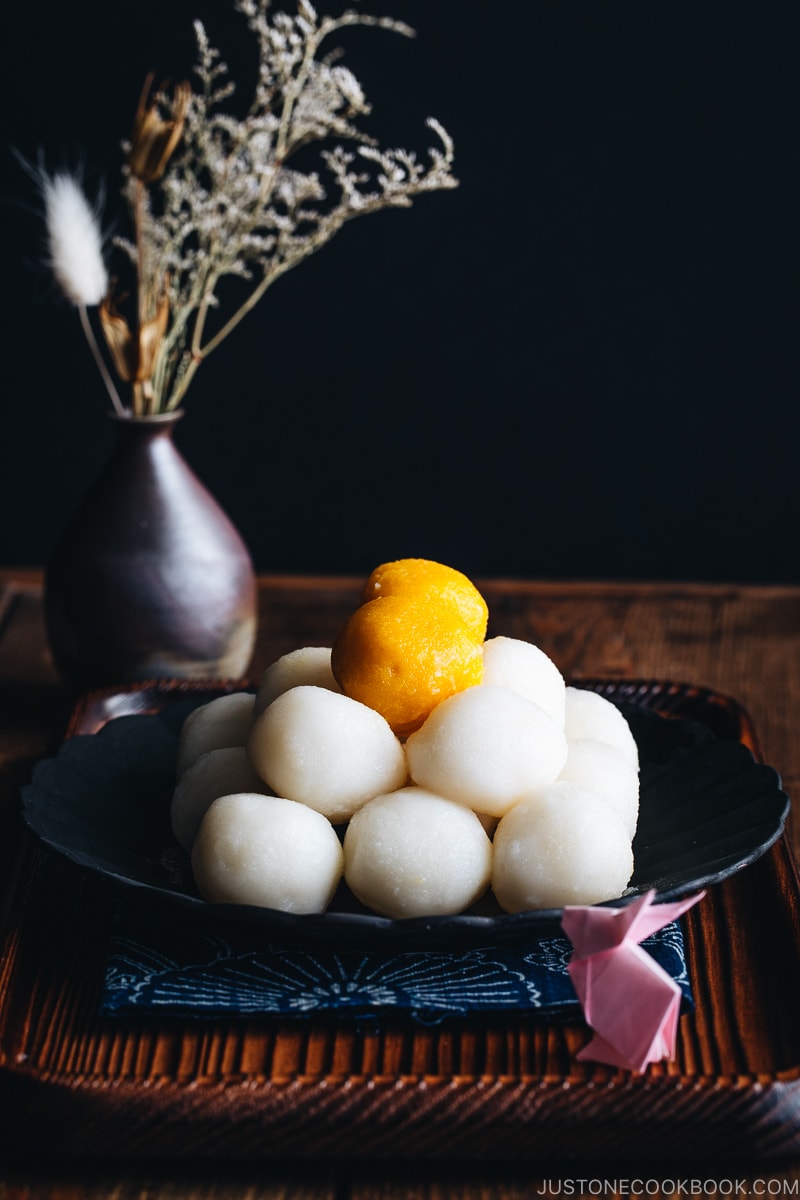
When you finally feel the cool breeze in the early morning and evening after spending the long muggy summer days, the Harvest Moon will shortly follow. Rising at sunset on the horizon, this special full moon appears larger and more colorful. In Japan, this is the time of year when families gather together to celebrate the harvest and to take wonder in the passing of seasons during a festival called Tsukimi (月見) or Otsukimi (お月見; the honorific term). It is also referred to as Chushu no Meigetu (中秋の名月), the Harvest Moon Festival or Mid-Autumn Festival.
This Japanese custom of moon viewing is a contemplative moment of giving thanks and celebrating the seasonal beauty of nature. As the full moon has a mysterious enigma that invokes a sense of longing, tsukimi is a poetic and solemn affair.
Table of Contents
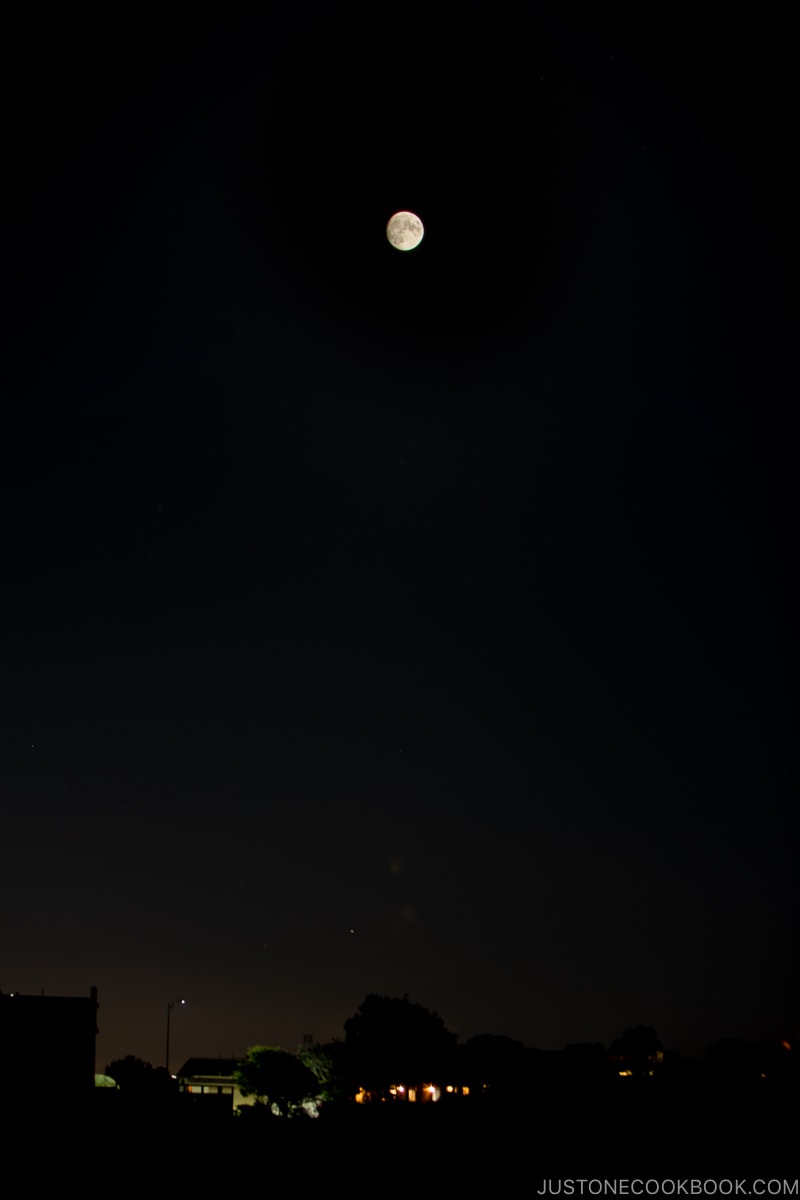
Origin of Tsukimi
Like many of Japan’s festivals, the tradition of Tsukimi is said to date back to the Nara period (710-794), when it was introduced from China. However, it was only during the Heian era (794-1185) that the celebration took effect. Court nobles celebrated the moon-viewing by indulging in elaborate banquets by the ponds, music performances, and poetry recitals dedicated to the moon.
The custom evolved during the Edo period (1603-1868) when farmers took on the celebration as harvest festivals as an expression to give thanks to Mother Nature.
Similar to the Mid-Autumn Festival in China, you’ll see a lot of rabbit images being depicted on items associated with Tsukimi. People believe that rabbits are dwellers of the moon. It is said that if you look closely at the face of the moon, you will see the shape of a rabbit pounding mochi (rice cakes) with a wooden mallet and mortar.
How the Japanese Celebrate Tsukimi
The celebration of the moon-viewing festival typically takes place on the 15th day of the eighth month of the lunar calendar. Also referred to as Jugoya (十五夜) in Japanese, the date for Tsukimi changes every year but usually falls in mid-September or early October on the modern solar calendar.
These days the deep connotations of moon viewing remain, even though many of the traditions have been adapted to modern customs. It is the time to reflect, to give thanks, and to pray for good health. Many temples and shrines throughout Japan celebrate the Tsukimi event with performances such as traditional dances and poetry recitals from the Heian era.
In most Japanese homes, Tsukimi is celebrated in a much more humble manner. People would arrange ornaments and decorations such as pampas grass (susuki), bush clover (hagi), and autumnal flowers near windows from which the moon can be seen. Rice dumplings (Tsukimi Dango), persimmons, chestnuts, grapes, and pears are arranged on the south-facing veranda, so the meals can be shared with the lunar god.
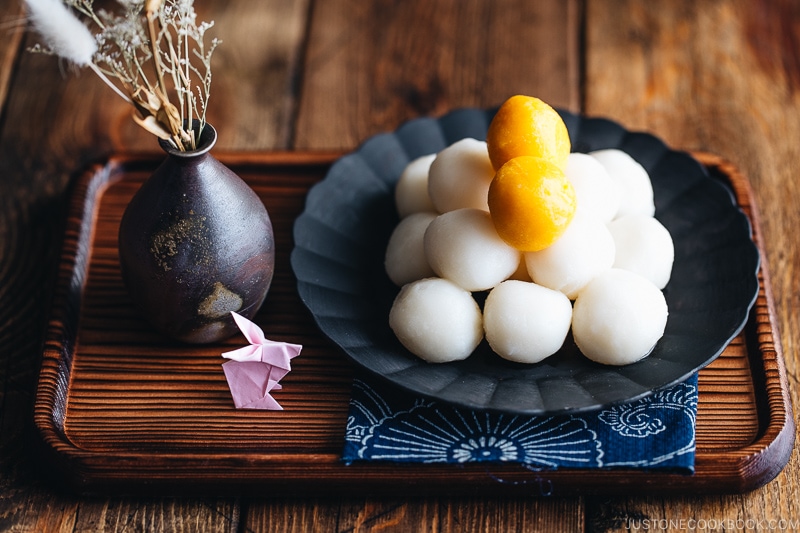
🌕 🍡 🎑 Celebrate Tsukimi by making Nami’s Tsukimi Dango recipe at home!
Tsukimi Foods
As you might have guessed, there will always be food when it comes to the celebration of festivals in Japan. Known as Tsukimi dishes or Tsukimi Ryōri (月見料理), you will find seasonal foods and other special dishes that ignite images of the full moon. These dishes are usually full of symbolism and considered good luck to eat. Here are just a few foods that you will see during the moon-viewing festival:
Tsukimi Dango
Tsukimi Dango (月見団子) is the most traditional food associated with Tsukimi. They are small, round, white dumplings made of rice. Unlike Mitarashi Dango which are served on skewers and seasoned with a sweet-savory sauce, tsukimi dango are plain. There is even a special way to display fifteen rice dumplings where they are stacked high in a pyramid arrangement on a tray (See Nami’s recipe).
Mochi in the Shape of Rabbits
Mochi (sticky rice cake) is another traditional food eaten on this special day. They are made in the shape of rabbits because the craters of the moon look like the imagery of a rabbit pounding mochi.
Fall Fruits and Vegetables
The Japanese have always placed an emphasis on seasonal eating, so it makes sense to enjoy what the season brings forth during Tsukimi. You can find chestnuts (kuri), edamame, kabocha (Japanese pumpkin), persimmons, Japanese sweet potatoes, taro, grapes and pears and so on being served as an offering to the mid-autumn moon and for enjoyment afterward.
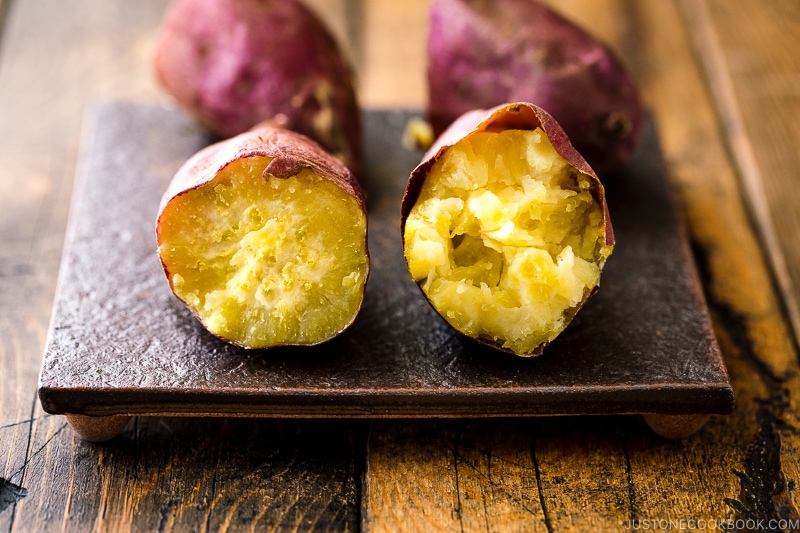
Raw Egg Dishes
Another highlight are rice or noodle dishes with a raw egg or over-easy egg on top. Some noodle restaurants in Japan would serve up Tsukimi Soba (月見そば) and Tsukimi udon (月見うどん) topped with a raw egg that gets poached in the soup broth. The rich yellow of the egg yolk resembles the brightest full moon.
You might also find some conveyor belt (kaiten sushi) sushi restaurants serve up tsukimi-style sushi by featuring raw quail egg on top of sushi.
Tsukimi Burger
The Japanese have an inclination of mixing the old and the new in their way of life. So, it is no surprise to see a Tsukimi Burger on the menu during the Tsukimi season. It’s basically a burger with a sunny-side-up egg in the middle. Eggs symbolize the moon. And the Japanese love them! Even McDonald’s and other large food chains in Japan take advantage of this by serving hamburgers and other food items featuring eggs.
Celebrating Tsukimi in Japan
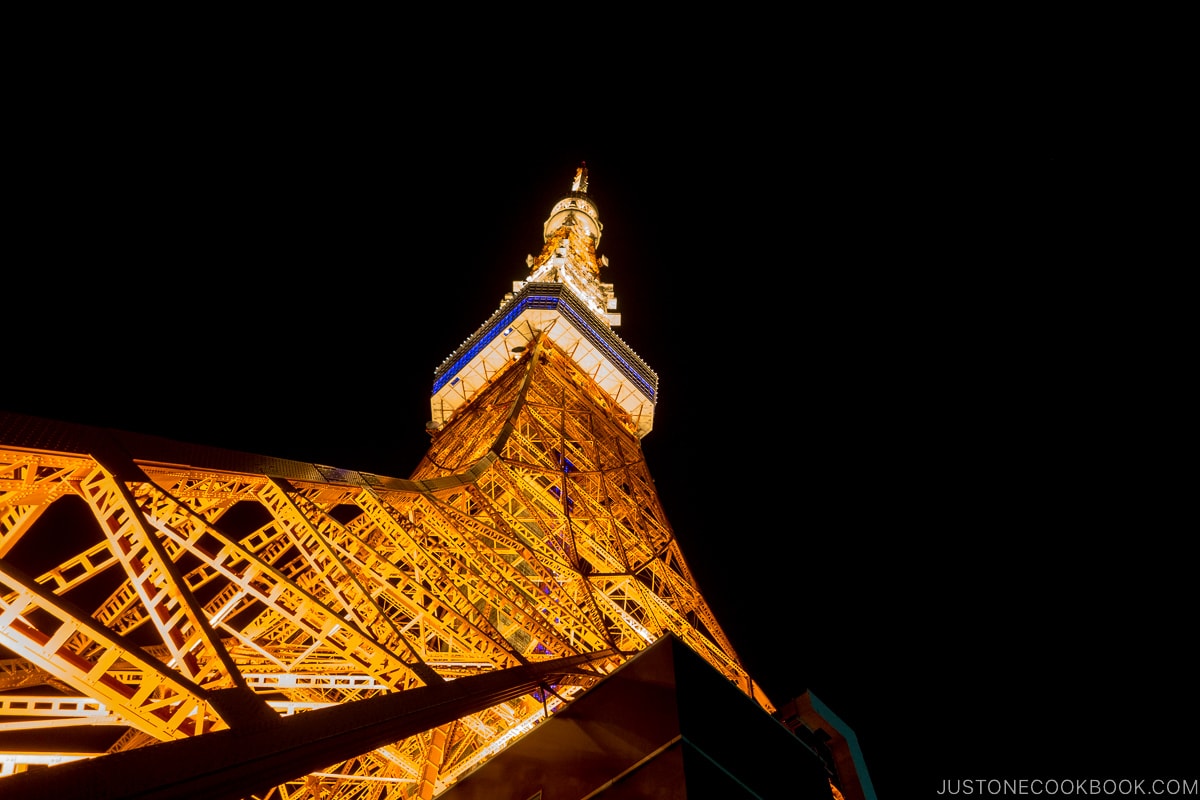
If you are in Japan during this special time, make it a point to try out some of the Tsukimi dishes. After sampling the special dishes, join the locals by attending seasonal events that celebrate Tsukimi Harvest Moon festival or find a location where you can marvel at the beauty of the full moon.
A few famous moon-viewing spots in Tokyo include the iconic Tokyo Tower and Tokyo Skytree, where you can delight in the illuminating moon and the captivating view of the city’s landscape. We recommend looking up their websites to see if the towers are hosting any events or are specially lit up for the Tsukimi Harvest Moon festival.
In honor of the changing of season, famous gardens such as Mukojima Hyakkaen have the tradition of hosting moon-viewing parties (Tsukimi no Kai). Some gardens even offer boat rides where you can enjoy the moon shimmering on the water. It’s a romantic way to experience the tradition as you slow down and reflect on the passing season. Temples and shrines are also great locations to check out!
How to Celebrate Tsukimi Festival in Your Own Home
In the US, some botanical gardens or arboretums with Japanese gardens such as Portland Japanese Garden may also host annual moon-viewing events for visitors. So don’t forget to look up their event calendars!
Back in your home, you can celebrate Tsukimi by incorporating some of these rituals. First, make Nami’s Tsukimi Dango with/or her few other seasonal recipes (see below).
Make it a fun evening by having a family picnic in your own backyard, by the lake or in a park and marvel at the beauty of the moon. Or invite some friends over for a moon-viewing party while enjoying some delicious fall snacks together. While you’re gazing up, see if you can spot the rabbits pounding their rice cakes!
Special Tsukimi Recipes to Make and Enjoy

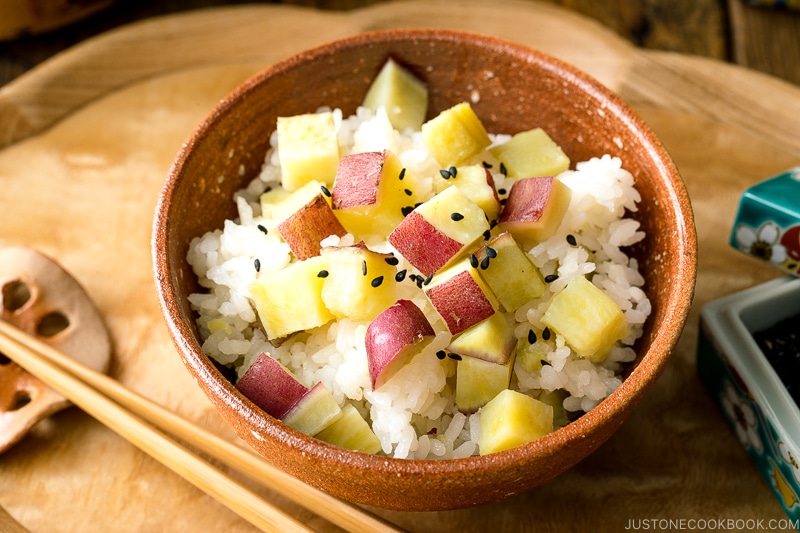
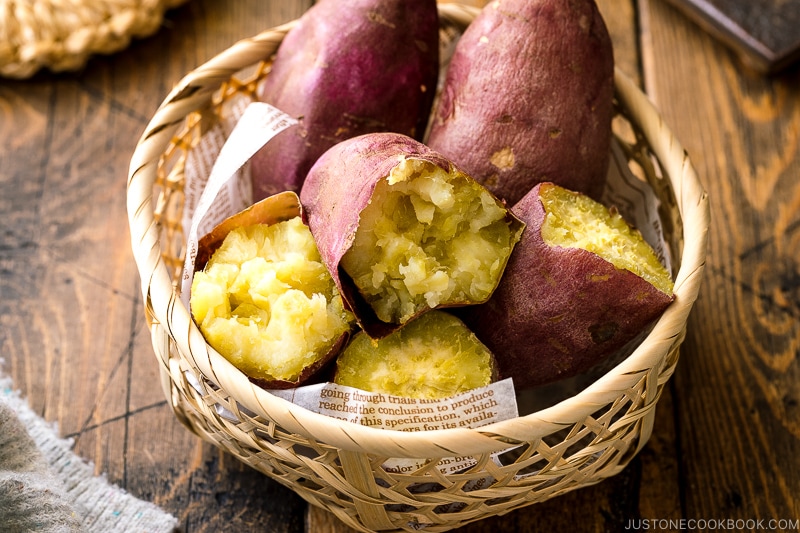
Yaki Imo (Baked Japanese Sweet Potatoes)
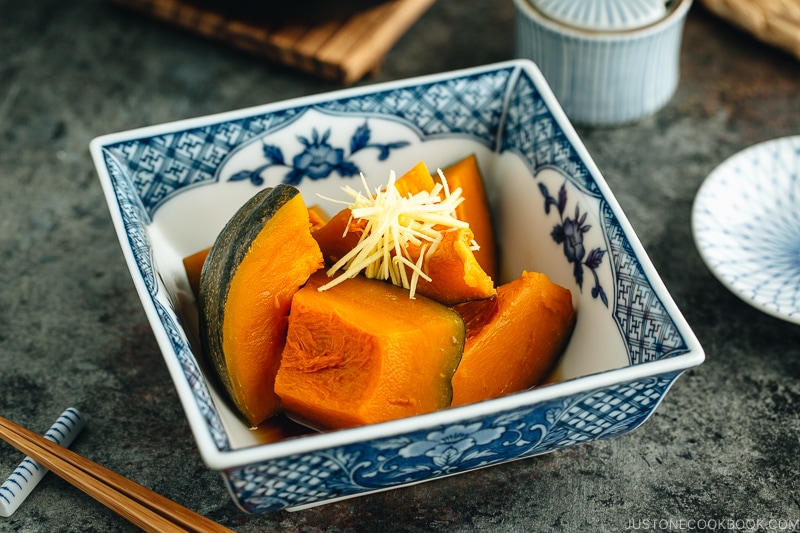
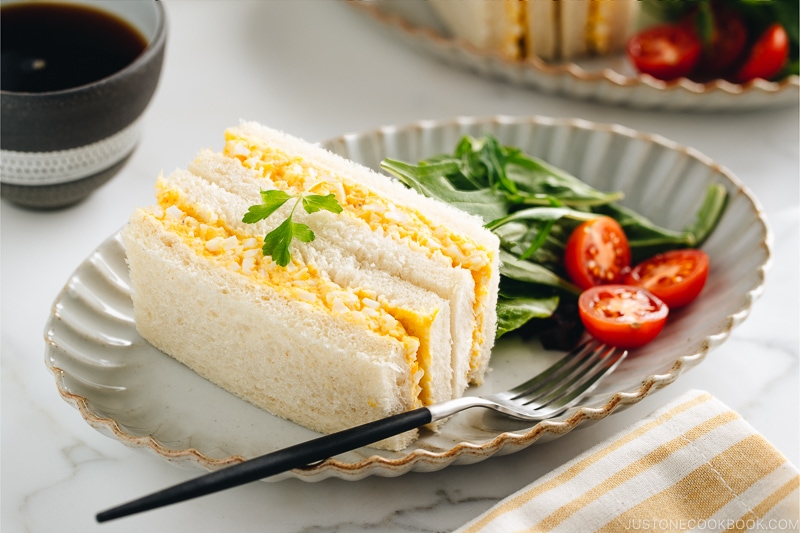
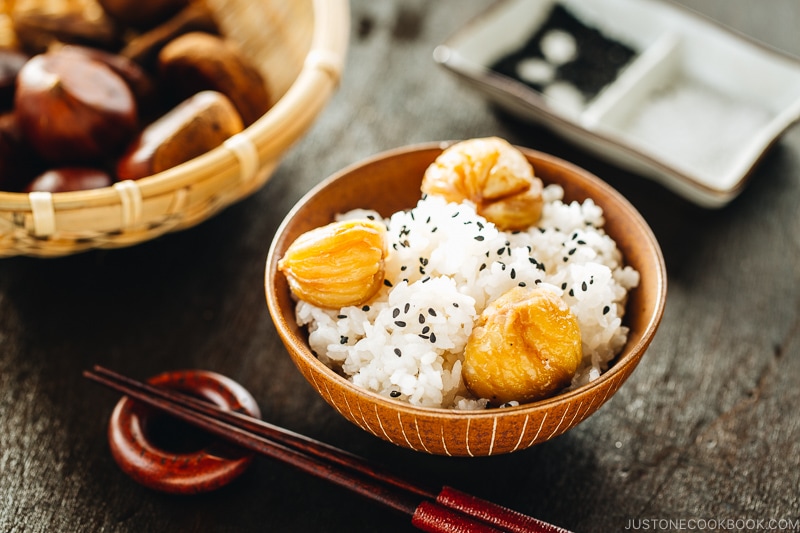
Japanese Chestnut Rice (Kuri Gohan)
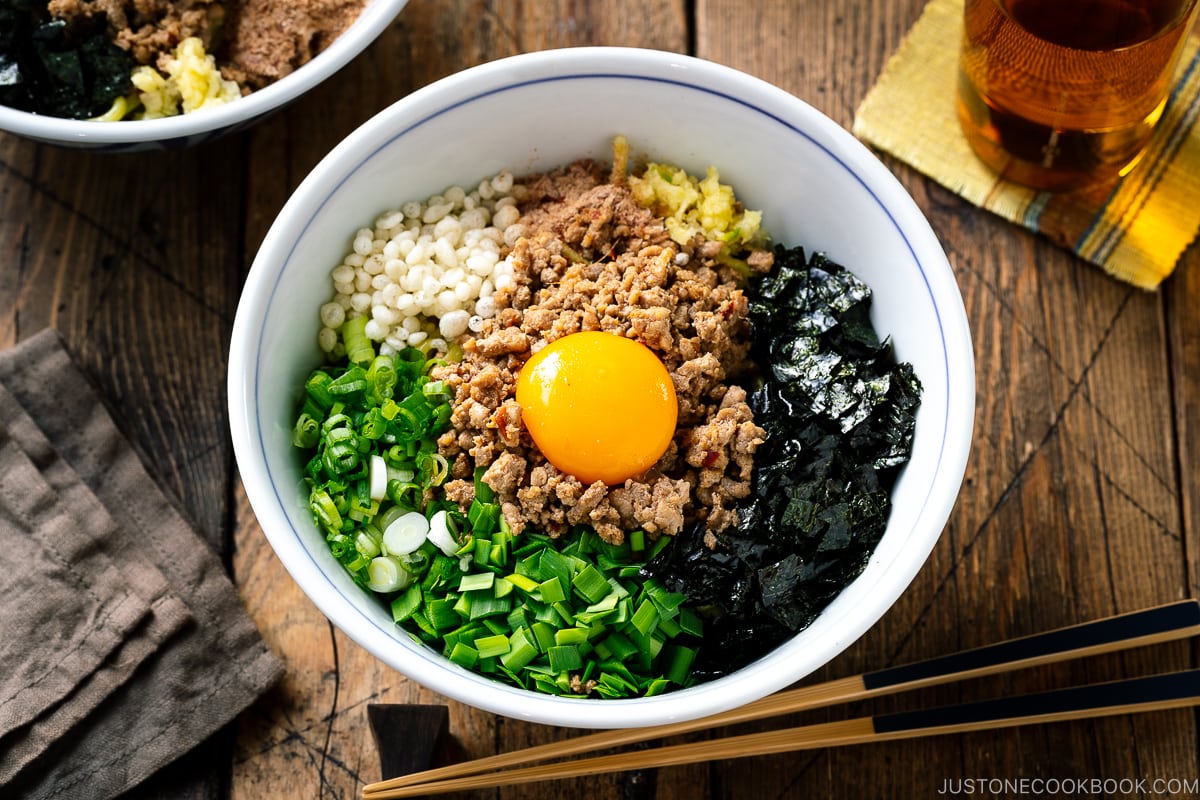
We hope you’ll join us in celebrating Tsukimi. Leave us a comment below and tell us how you would like to enjoy the full moon in celebrating the coming of fall season. Will you be making any special dishes that we shared above? We’d love to know!
Editor’s Note: This post was originally published on September 12, 2019. It’s been republished with more information on Septebmer 14, 2023.
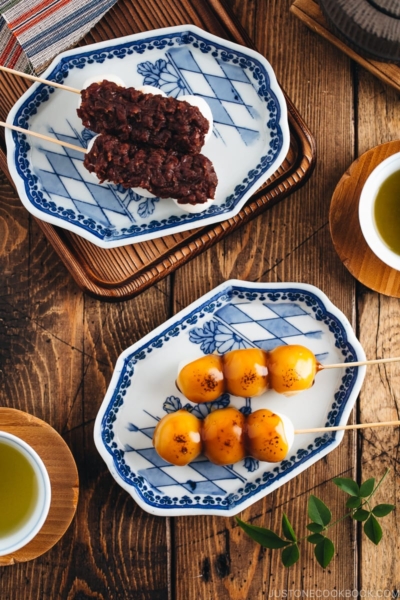
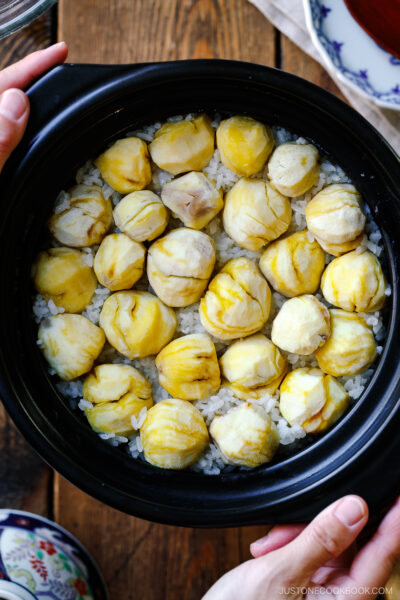
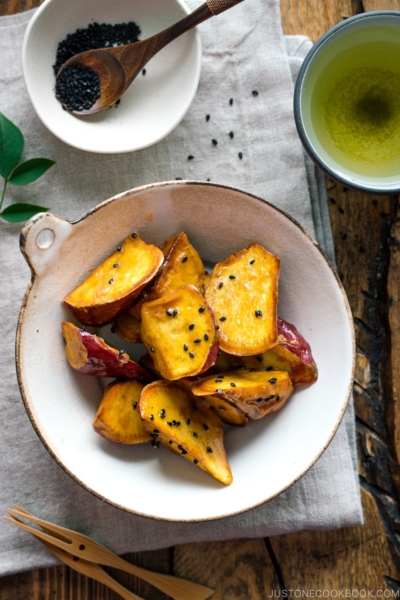
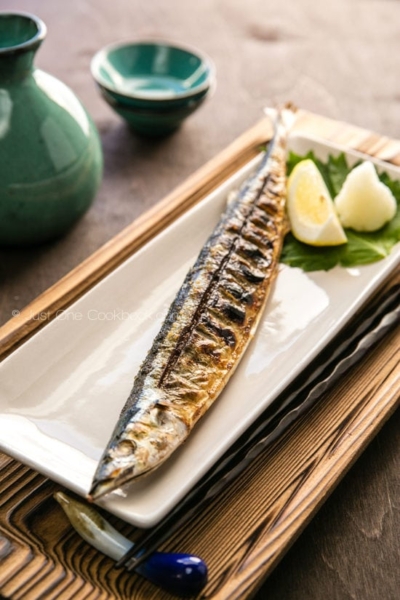




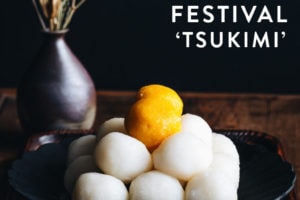
wonderful info
I grew up In Minnesota. I hope you enjoy it there and are away from all the shenanigans.
Thanks, David.
Hi Reese, didn’t know you’re from Malaysia!! I felt so proud. Indeed s our nations pride and joy! I’m huge from of yours. Thank you for sharing your amazing recipes. Love from Keen, Malaysian
Hi Keem – Thanks for saying hi! It was Nami who shares all the amazing Japanese recipes. She’s the sensei of Japanese cooking, not me:) I am the Editor and contributing writer for Just One Cookbook, so once in while, you’ll find my articles here. Sending love back to you in Malaysia.